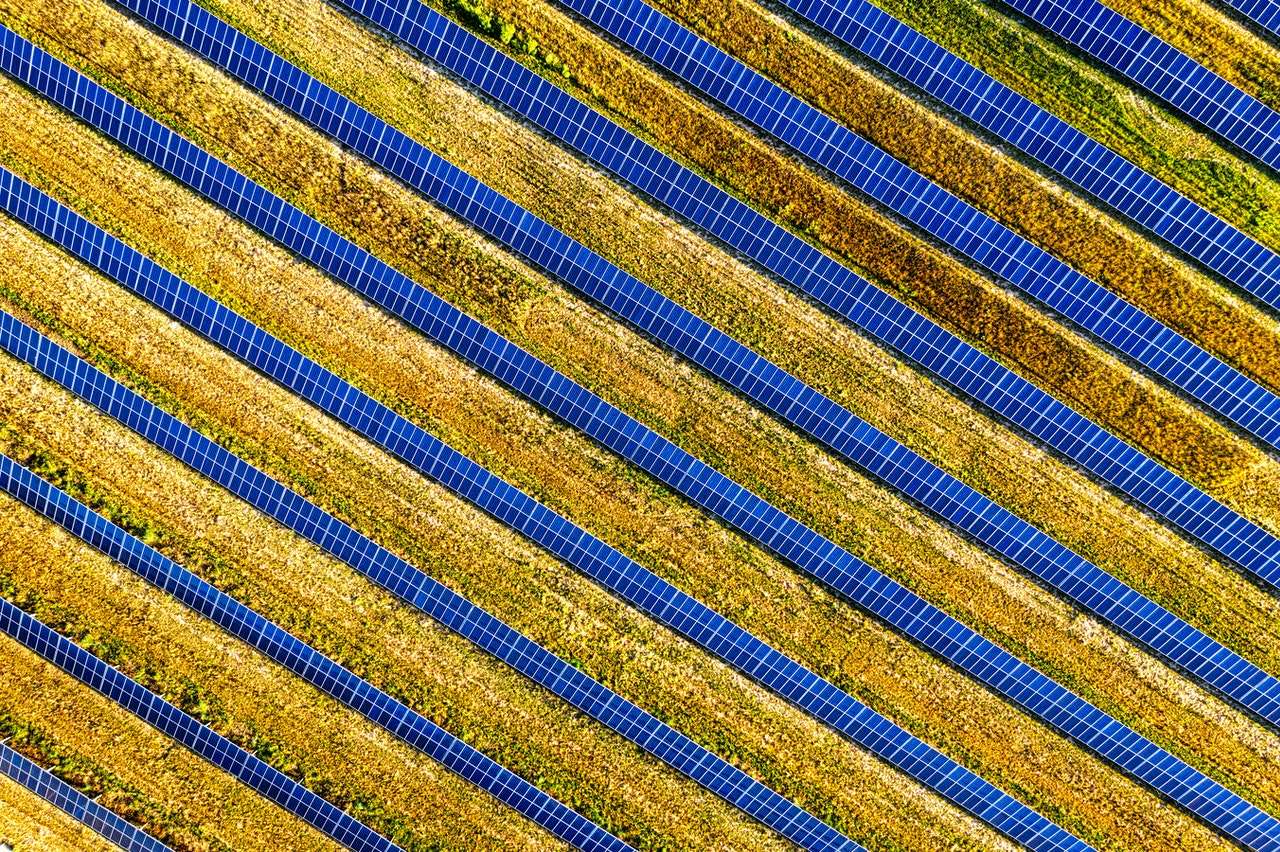Developers nationwide are looking for land to develop solar farm projects and landowners across the country have been taking advantage of this increased demand by leasing their land for solar and increasing their income. With the growing popularity of solar farms, you probably have a lot of questions about leasing your land, how much you could make, and how the whole process works. Well, look no further, because every question you’ve had about solar farms and solar land leasing in 2021 is answered here in our ultimate solar farm FAQ.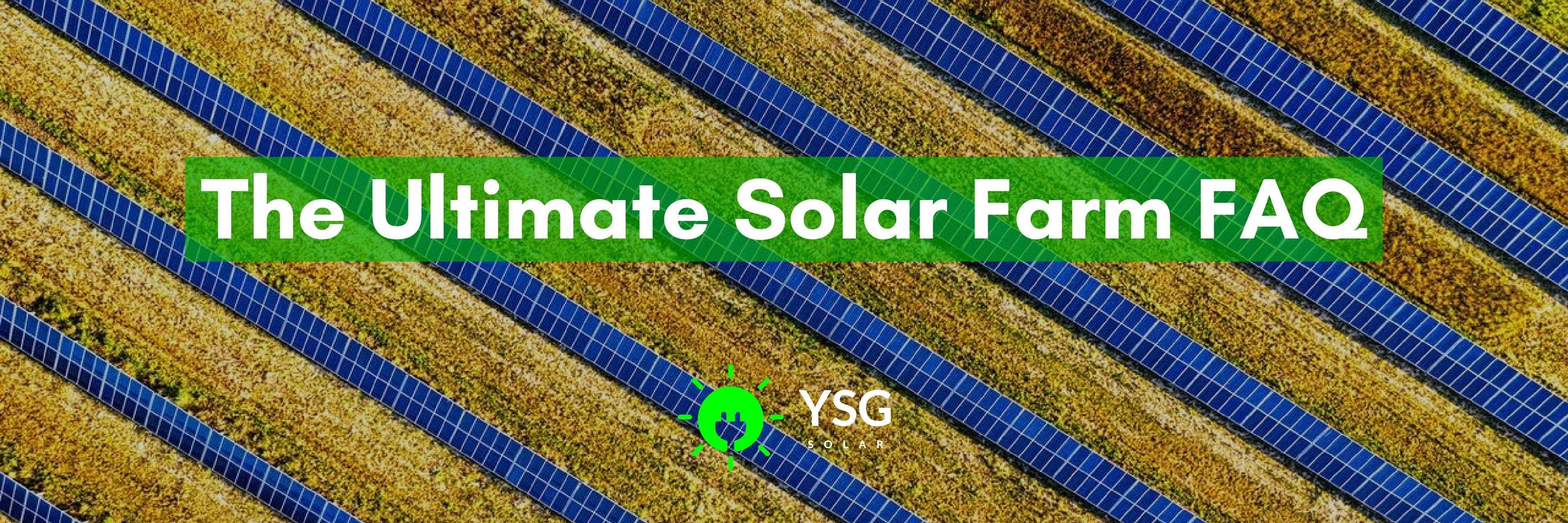
What is a Solar Farm?
Although there is no official definition, the term ‘solar farm’ most often refers to a large-scale solar PV project which generates energy and then sends that energy to the grid for distribution. Solar farms may also be known by other names including ‘solar plants,’ ‘solar parks’ or ‘solar power stations.’
How are Solar Farms Different from Rooftop and Commercial Solar Systems?
Solar farms differ from conventional solar installations such as residential rooftop panels and commercial solar systems in a number of ways.
- Solar farm developers can take advantage of economies of scale, purchasing panels and equipment in larger quantities, resulting in lower installation costs.
- In order to optimize production, solar farms are typically located in areas which are entirely free of obstructions that could cause shading.
- Solar farms are usually decentralized, consisting of ground-mounted solar panels spread across large areas.
- Generally, a solar farm provides power to the energy grid, serving as part of a utility’s energy mix.
What is a Solar Land Lease?
A solar land lease is a long-term agreement, typically in the region of 20 to 25 years, between a developer and a landowner, wherein the developer makes annual payments to the landowner on a per-acre basis. In return for these rental payments, the developer uses the land for the construction and operation of a solar farm for the duration of the agreed lease term.
How Long Do Solar Land Leases Last?
In most cases, the term of a solar land lease is around 20 to 25 years. Of course, nothing is set in stone and the lease term could be longer or shorter depending on the project in question. The 20 to 25 year estimate is most common, however, because this length of time is generally the most economically viable for both the landowner and the developer.
What is the Payment Structure for a Solar Land Lease?
As noted above, payments are typically made annually on a per-acre basis, with the rate of payment outlined in the contract. In some cases, payments are made on a per-megawatt basis, but this is much less common. The per-acre structure is preferred because solar energy generation is consistent and predictable over time, allowing for a reliable revenue projection across the entire lease term. Rent escalation is often part of the lease agreement as well, with rent escalation rates usually falling between 1.5% and 2.5%.
How Much Money Can a Solar Farm Make?
The potential profitability of a solar farm hinges on a number of factors. The relevant factors will vary between projects but, typically speaking, the key factors outlined below are the most important in determining how much money a solar farm can make. A rough estimate is that the average solar farm profit lands somewhere between $21,250 and $42,500 per acre. However it’s important to remember that these figures will vary significantly on a project-by-project basis and actual profits could be considerably lower or, indeed, much higher. A solar farm spanning hundreds of acres could see profits in the hundreds of thousands.
- Land Size: Generally speaking, a parcel of land can house 1 kW per 100 square feet. A minimum acreage is required for a successful solar farm, and most developers will be looking for at least 10 acres of clear, flat land. However, owing to factors including electrical infrastructure and landowner risk & reward, sites below 30 acres or so usually command a higher price per acre.
- Annual Sunlight: Plenty of annual sunshine is vital for a successful solar farm project and obstructions on the land can mean shadows, diminishing a project’s potential. Removing smaller obstructions is usually possible, but the removal of larger hindrances may prove too costly.
- Grid Proximity: Grid access and infrastructure availability are important factors for solar farm development. For a project to move ahead, the land should be within 1,000 feet of three-phase power and no further than 2 miles from a substation.
- Soil Quality: As noted, developers are seeking clear, flat land, with minimal incline (no more than 5 degrees) and no wetlands. If the land is unstable, too difficult to build on, or littered with debris and obstructions, this could be a dealbreaker.
How Much Money Does a 1 MW Solar Farm Make?
If we follow our rule of thumb that a 1 MW solar farm requires 4 acres of land in total—including the space required for additional solar equipment besides the panels—then we can estimate that a 1 MW solar farm could make anywhere from $1,200 to $8,000 per acre annually, depending on key factors such as location and grid proximity.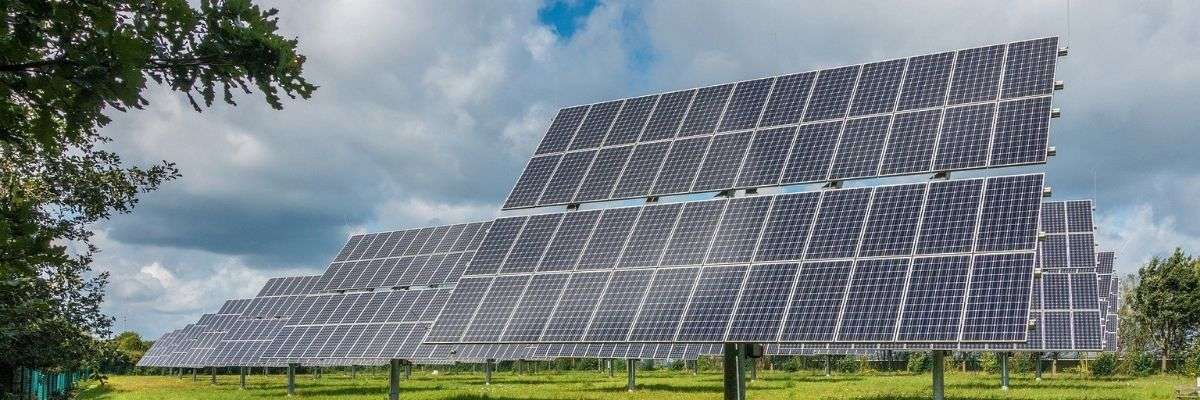
What is the Average Solar Farm Land Lease Rate?
Given the importance of location in determining the value of a parcel of land, it’s no surprise that solar land lease rates can vary significantly from state to state. However, taking into account location, as well as other key factors, a typical solar land lease rate in the United States is between $300 and $2,000 per acre per year.
How Valuable is My Land?
The value of your land to a solar developer depends on a number of factors, with location being the most important factor in determining the rate of a solar land lease. Other elements which influence the value of a site include:
- Land Specifics: If a landowner is already making a profit from their land through its current use, or they have the potential to do so via an alternative use, then a solar farm developer will have to increase their offer accordingly. If land is already valued highly before solar comes into the picture, then the landowner will be able to negotiate a higher rent per acre as part of the land lease agreement.
- Land Location: The value of land will vary significantly depending on its location. If a developer is seeking land in a state or county where good land is hard to find, they will likely have to pay a higher lease rate. On the other hand, if the land is in a state or county where suitable land is in plentiful supply, then it will command a lower price.
- Grid Proximity: Proximity to the grid, in particular three-phase power and a substation, plays a big part in determining land value in the context of a solar farm project. Additionally, the grid may be in better condition in certain regions, and those states with a modern, efficient energy grid will be more appealing to prospective solar developers, thus driving up the value of the land.
Are Solar Farms a Good Investment?
A solar farm land lease can provide landowners and their families with a stable, predictable source of income for decades to come, with little to no effort on their part and minimal interference with other activities on the property. If you have unused land which is suitable for a solar farm project, then putting it to work and generating extra income seems an obvious move. Although solar farm income may not seem spectacular at first, like many smart investments it is consistent and pays off over time.
What are the Benefits of a Solar Farm?
Solar farms offer a wide range of benefits for both the landowner leasing their property and the local community.
- Clean Energy: Solar farms provide clean, renewable energy, reducing the use of fossil fuels which produce harmful emissions and damage the environment.
- Steady Income: A solar land lease guarantees a steady source of income for the landowner for the duration of the lease period—typically around 25 years.
- Community Boost: New tax revenue generated by solar farms directly benefits residents in the locality as local governments can use these funds to improve community services and reduce tax rates.
- Amount of Land: The baseline requirement for most developers is 10 acres of clear, flat land, with minimal wetlands and an incline of no more than 5 degrees.
- Location: Generally speaking, parcels of land near a large town/city will be more in demand than those in remote areas.
- Quality: As noted above, the land should be clear and flat, with a stable foundation for construction, little debris, and no major obstructions.
- Local Regulations: Unfortunately, in certain areas, local laws and regulations may prevent you from leasing your land for a solar farm project—this is likely to become less of an issue as solar farms continue to grow across the country.
- Infrastructure: The necessary infrastructure for the construction process, and later the operations & maintenance of the solar farm, must be in place for a project to move ahead.
- Interconnection: The further a site is from a grid connection, the higher the cost to the developer and the less likely they are to lease the land. The site should be within 1,000 feet of three-phase power and no more than 2 miles from a substation.
- Flooding Potential: A flood risk assessment must be carried out ahead of construction to ensure that the site is not under threat from potential flooding in the future.
- Arkansas
- California
- Connecticut
- Delaware
- Illinois
- Maine
- Maryland
- Massachusetts
- Michigan
- Minnesota
- New Jersey
- New York
- Pennsylvania
- Rhode Island
- Vermont
- Virginia
- Have you worked in my state before?
- Can you provide references for landowners you have worked with?
- Which exact portions of the land are being leased?
- How will these leased portions impact the rest of the land?
- How long is the solar land lease?
- How is rent calculated?
- How are taxes calculated and who is responsible for their payment?
- Who is responsible for maintenance of the leased land?
- Who holds the rights to the land’s natural resources?
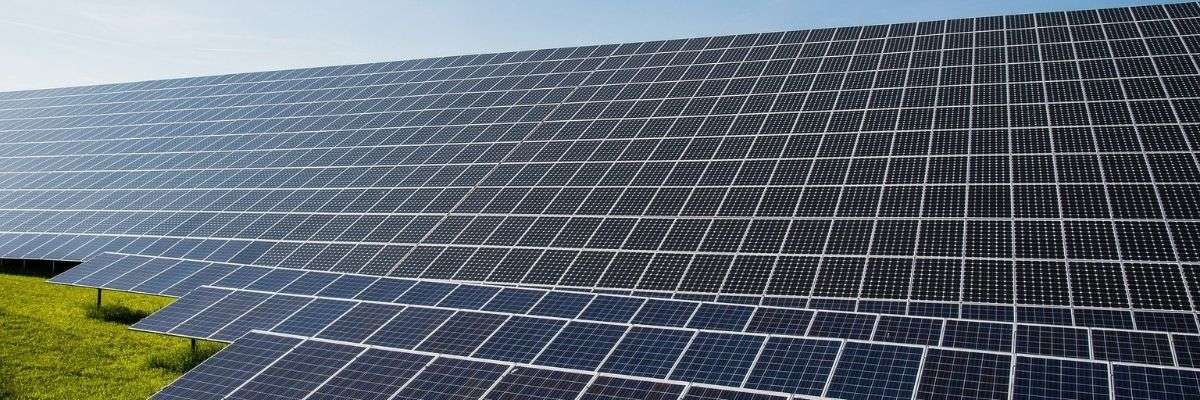
Is My Land Suitable for a Solar Farm?
A successful solar farm requires the right parcel of land and, unfortunately, not every landowner will be in a position to lease their land for solar. Ultimately, the best way to find out if your land is suitable for a solar farm is to speak directly to an experienced solar farm developer like YSG. Each parcel is unique and we will be able to determine the viability of your land and discuss its potential as a solar farm site. Nonetheless, there are some key attributes that determine whether or not a parcel of land is suitable for a solar farm. The most important elements of a solar farm site are listed below.
How Much Land Do I Need for a Solar Farm?
Generally speaking, a solar developer will require 10 acres of clear, flat land with minimal wetlands and a maximum incline of no more than 5 degrees to construct a solar farm.
What is Three-Phase Power and Why is it Necessary for a Solar Farm?
Access to three-phase power is vital for a solar farm. As a general rule of thumb, YSG recommends that project sites are within 1,000 feet of three-phase power. In general, residential properties are served via single-phase power, while commercial/industrial properties require three-phase power. Three-phase power is necessary to accommodate the high energy loads generated by a large project such as a solar farm. Without access to three-phase power, a solar farm project will not be viable.
Where in the United States are Solar Developers Looking to Lease Land?
At the time of writing, the states below are the most popular locations in the country for solar farm development. However, this list will undoubtedly grow as solar energy continues to expand nationwide in the coming years.
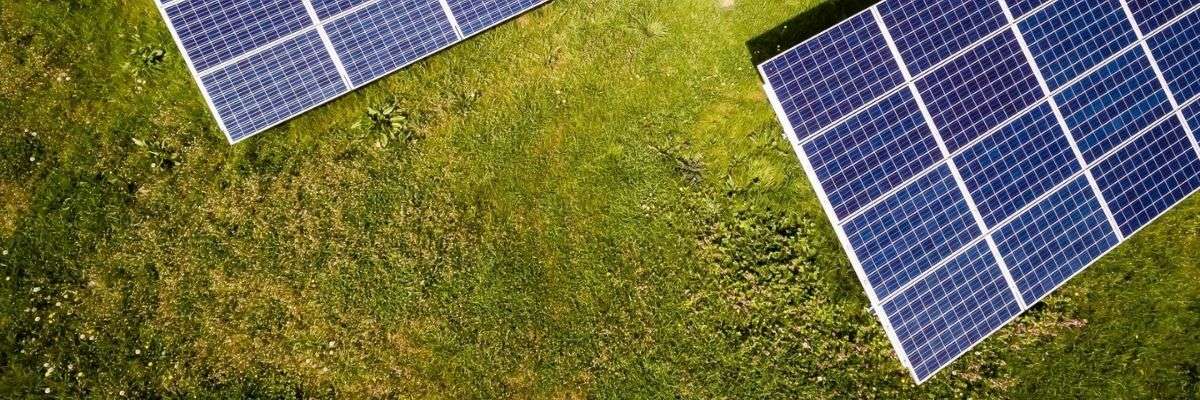
What Should I Ask the Solar Developer Before Leasing My Land for Solar?
An honest, transparent relationship between developer and landowner is key to a successful solar land lease for both parties. With this in mind, there are some common questions that every landowner should ask their prospective developer ahead of agreeing to lease their land for a solar farm. Of course, every parcel of land is unique and each landowner will have their own questions pertaining to their individual situation, but the queries below will give you a solid platform to spark discussion.
What Happens if the Solar Company Goes out of Business During the Lease Term?
To account for a scenario such as this, the solar company will set up a decommissioning bond or an escrow that is put in place ahead of the solar land lease term commencing. This establishes a mechanism for funds to be allocated towards an insurance product, which covers the removal of all solar equipment at the end of the lease term—including in a scenario where any involved party is defunct.
How Much Does it Cost to Build a Solar Farm?
Obviously it’s difficult to put an exact figure on the cost of building a solar farm given the number of financial variables involved in such a project, but using SEIA’s average national cost figures, we can estimate that a 1 MW solar farm would cost somewhere between $820,000 and $1.36 million. This is based on a typical solar farm installation cost of between $0.82 to $1.36 per watt. Thanks to economies of scale solar farms are comparatively cheaper to install than rooftop solar systems, with residential solar panel systems coming in at an average cost of $2.84 per watt.
How Long Does it Take to Construct a Solar Farm?
A general rule of thumb is that it takes 3 months (per 2 MW DC) to construct a standard ground-mounted solar farm. The quickest aspect is installation of solar modules and racking, while the electrical contracting takes longer. It may also take local utilities some time to secure all necessary equipment for interconnection, so it’s important to keep this in mind when considering the project timeline. If the parcel of land is fully clear and level, this will contribute significantly to a smooth, efficient construction process.
Are Solar Farms Taxable?
Once the solar array has been permanently installed on the solar farm site, it is considered ‘real property’ and, as such, is taxable unless an exemption applies in the locality. Furthermore, it’s possible that the solar farm could impact other taxes. For example, if the value of the land hosting the solar array increases as a result of the solar installation, it could affect your tax bill. It is highly recommended that you speak to a tax professional before signing a lease as this will give you the best understanding of the tax implications of a solar farm project on your land. You can read more about the tax implications of solar land leasing—including details of tax exemptions—in this article.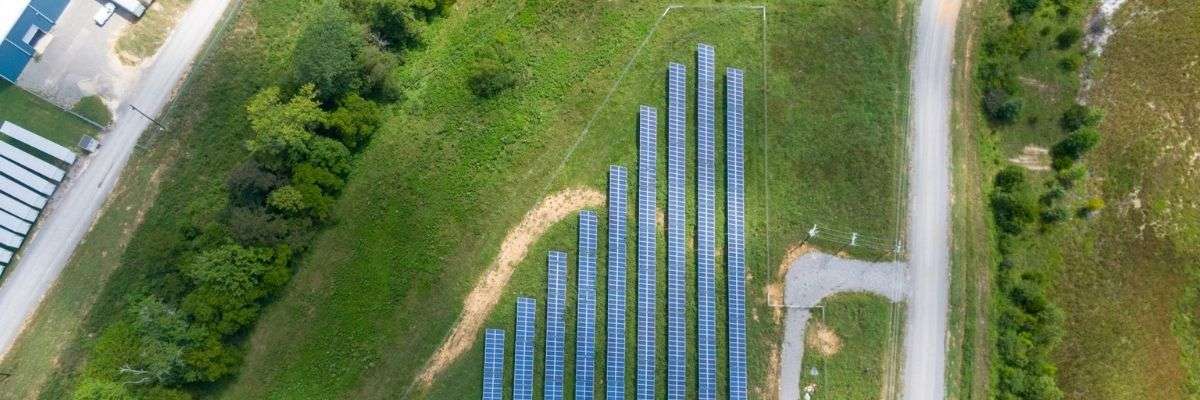
I Want to Lease My Land for a Solar Farm, Where Do I Start?
If you think your land is suitable for a solar farm project (minimum 10 acres of clear, flat land within 1,000 feet of three-phase power and no more than 2 miles from a substation) then the first step is to speak to an experienced developer like YSG Solar and confirm the viability of your land. You can call the office at 212.389.9215 or send us an email to speak to a solar professional today.
What are Solar Farms Used For?
Solar farms can serve a number of purposes. They may be used as part of a community solar project or, if it’s a larger project, on a utility-scale basis.
What’s the Difference Between a Utility-Scale Solar Farm and a Community Solar Farm?
The clue is in the name—scale is the difference between a utility-scale solar farm and a community solar farm. Utility-scale solar farms can have a capacity anywhere between 1 MW and 2,000 MW, whereas community solar farms are generally under 5 MW in size, and can even be under 100 kW in some cases. Additionally, a community solar farm usually serves subscribers who pay for a share of the power it generates, while utility-scale solar farms contribute to the energy mix of a utility company.
What is the Biggest Solar Farm in the World?
At the time of publication, the biggest solar farm in the world is Bhadla Solar Park in India, with a total capacity of 2.25 GW spread across 14,000 acres. For a look at the fifteen biggest solar farms in the world in 2021, check out our article from earlier this year.
Where is the Biggest Solar Farm in the United States?
Currently, the biggest solar farm in the United States is the Copper Mountain Solar Facility in Boulder City, Nevada, with a total capacity of 802 MW. To see more of the biggest solar farms in the United States in 2021, read our recent article at this link.
YSG Solar is a project development company responsible for commoditizing energy infrastructure projects. We work with long-term owners and operators to provide clean energy assets with stable, predictable cash flows. YSG's market focus is distributed generation and utility-scale projects located within North America.
Sources:
https://www.solarreviews.com/blog/what-is-a-solar-farm-do-i-need-one
https://www.seia.org/research-resources/solar-market-insight-report-2020-q2

